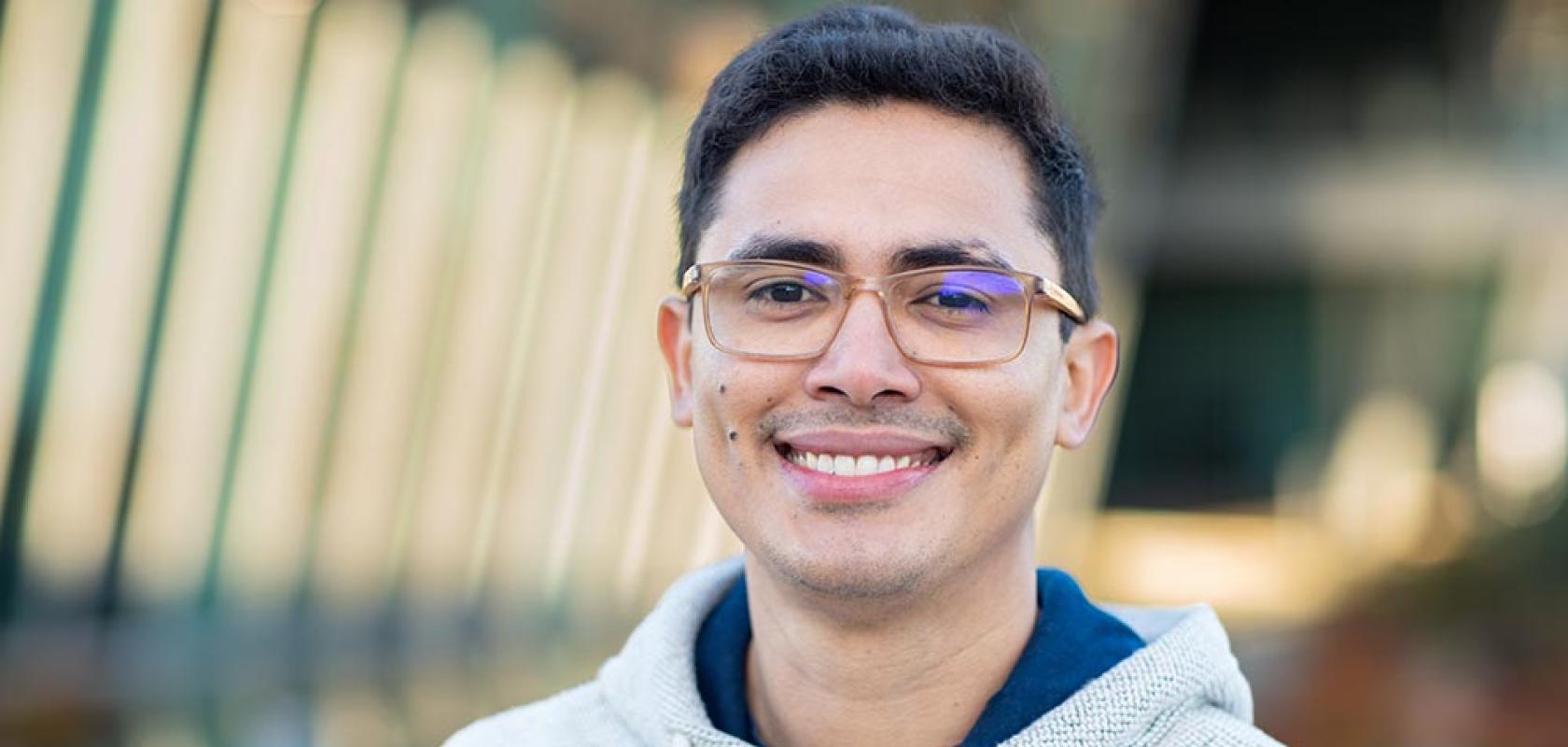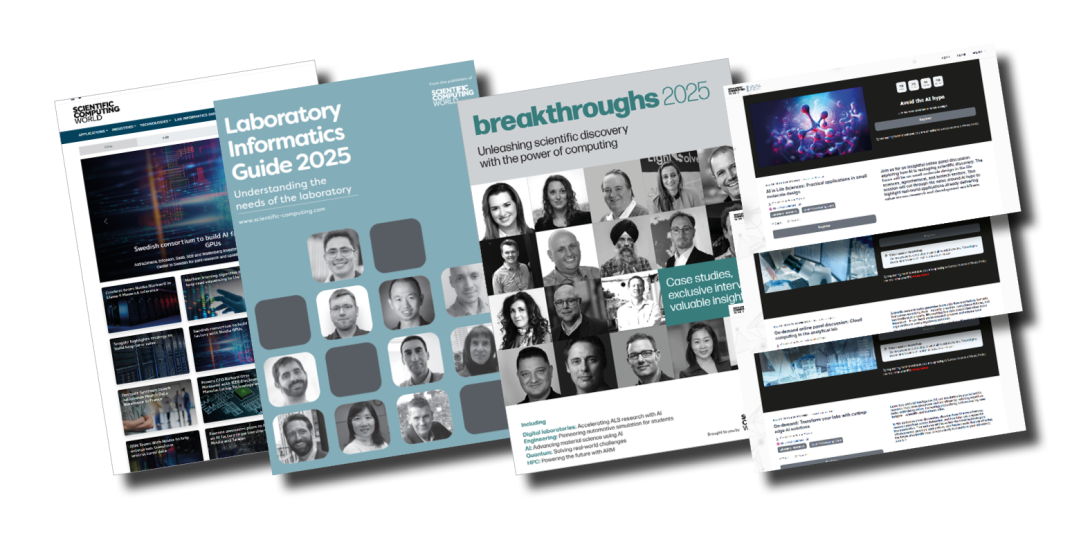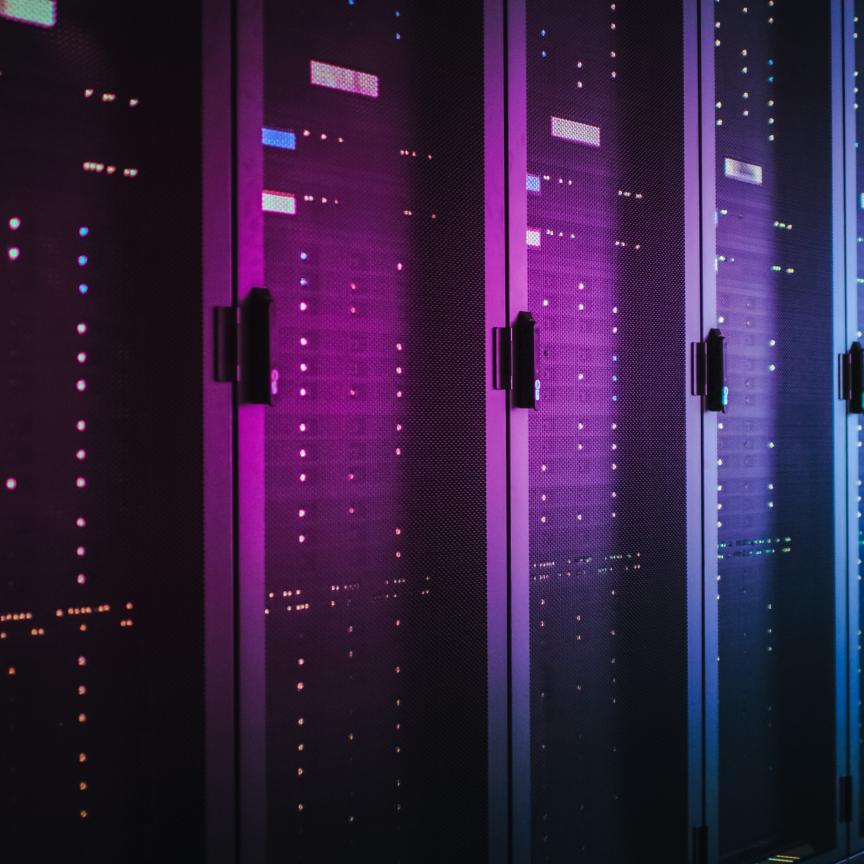Building better organoids: how bioinformatics drives innovation in lab models

Iguaracy Pinheiro-de-Sousa, Postdoctoral Fellow at EMBL’s European Bioinformatics Institute (EMBL-EBI). Image: EMBL
Postdoctoral researcher Iguaracy Pinheiro de Sousa is using bioinformatics to support the development of better organoids

Register for FREE to keep reading
Join 12,000+ scientists, engineers, and IT professionals driving innovation through informatics, HPC, and simulation with:
- Insights into HPC, AI, lab informatics & data
- Curated content for life sciences, engineering & academia
- Access to Breakthroughs: real-world computing success
- Free reports & panels, including the Lab Informatics Guide
- White Papers & software updates for smarter research
Sign up now
Already a member? Log in here
Your data is protected under our privacy policy.










